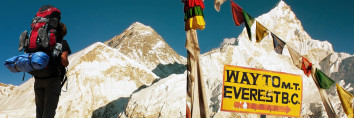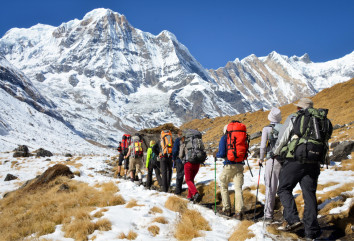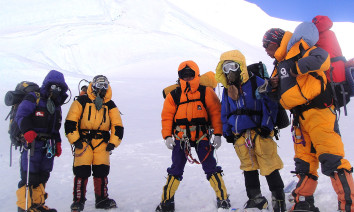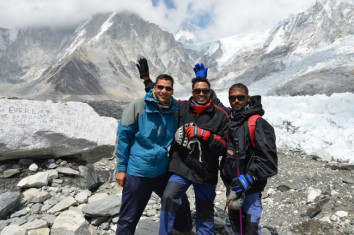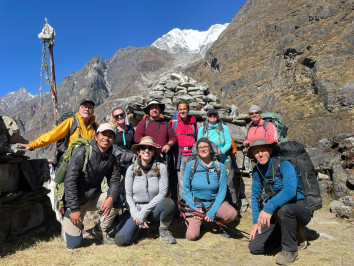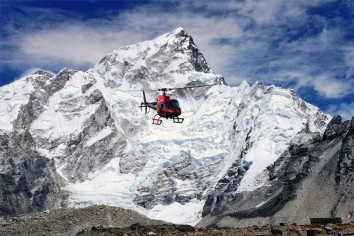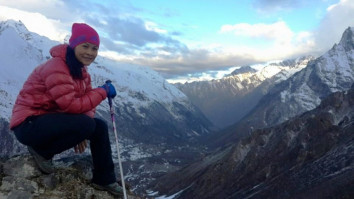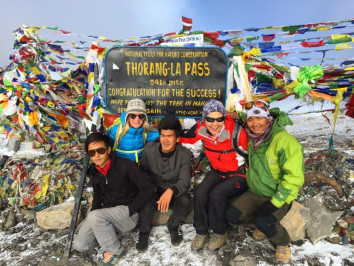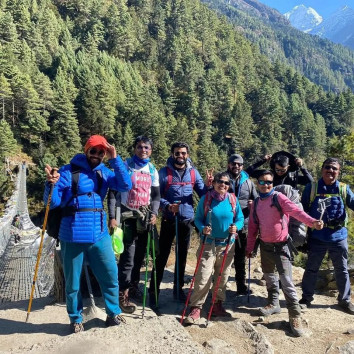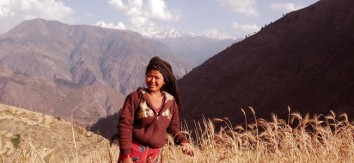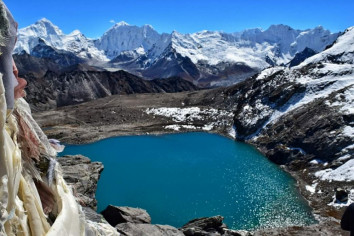10th Mar, 2024
How do I prepare my body for trekking?
Preparing your body for trekking involves building strength, endurance, and resilience to ensure you can tackle the challenges of the trail. Here's a 10-step guide to help you get ready for your trek:
Table of Contents
Start Early:
Begin your training regimen well in advance of your trek. It's never too early to start preparing your body for the physical demands of hiking.
Build Cardiovascular Endurance:
Engage in leg-based cardio exercises such as walking, hiking, cycling, or running to improve your cardiovascular fitness. Aim for at least 30 minutes of moderate to vigorous activity most days of the week.
Incorporate Strength Training:
Strengthen your leg muscles, as well as your core and upper body, to support your hiking efforts and reduce the risk of injury. Include exercises like squats, lunges, calf raises, and planks in your routine.
Practice Hill Training:
If possible, incorporate uphill and downhill walking into your training regimen to simulate the terrain you'll encounter on the trek. This will help prepare your muscles and joints for the inclines and descents of the trail.
Increase Distance Gradually:
Gradually increase the duration and intensity of your training sessions to build endurance over time. Start with shorter hikes or walks and gradually increase the distance as your fitness improves.
Embrace All Weather Conditions: Train in various weather conditions to prepare yourself for the unpredictable weather you may encounter during your trek. Hiking in rain, wind, heat, and cold will help you adapt and build mental toughness.
Focus on Flexibility:
Incorporate stretching exercises into your routine to improve flexibility and range of motion, which can help prevent muscle strain and enhance your overall performance on the trail.
Hydrate and Eat Well:
Stay properly hydrated and maintain a balanced diet rich in carbohydrates, protein, and healthy fats to fuel your workouts and support muscle recovery. Pay attention to your nutrition both during training and on the trek itself.
Break in Your Gear:
Wear your trekking boots and other gear during training sessions to break them in and ensure they fit comfortably. This will help prevent blisters and discomfort during the trek.
Rest and Recovery:
Allow your body time to rest and recover between training sessions to prevent overuse injuries and promote muscle repair. Incorporate rest days into your schedule and listen to your body's signals to avoid pushing yourself too hard.
By following these steps and committing to a consistent training plan, you'll be well-prepared to tackle the challenges of your trek and enjoy the experience to the fullest.
Recent Posts

23rd Jan, 2017

12th Jan, 2014
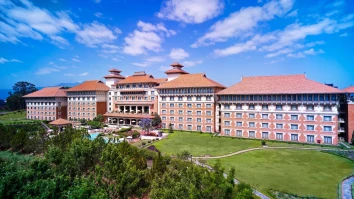
24th Apr, 2017
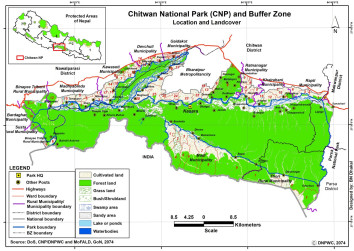
3rd Apr, 2014

3rd Jun, 2017

20th Jan, 2017

16th Jan, 2017
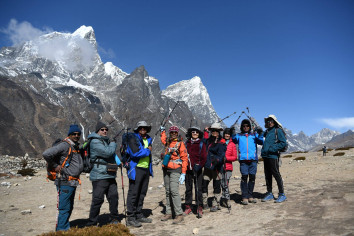
12th Jul, 2015

9th Apr, 2019
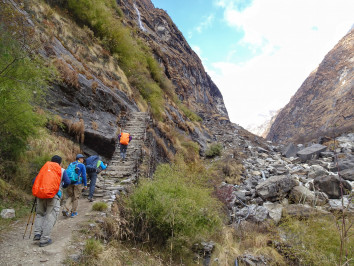
9th Jan, 2014
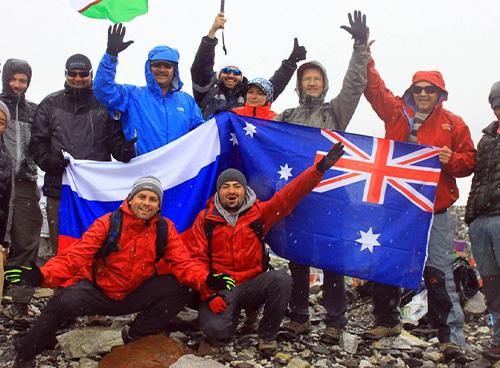
4th Apr, 2019
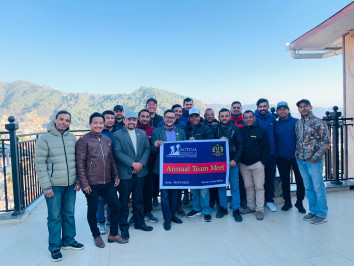
2nd Jan, 2014

2nd Apr, 2019

2nd Jan, 2014
-1.jpg)
30th Jan, 2017
-1.jpg)
4th Oct, 2018

16th Oct, 2018

9th Oct, 2018

24th Jan, 2016

4th Oct, 2018
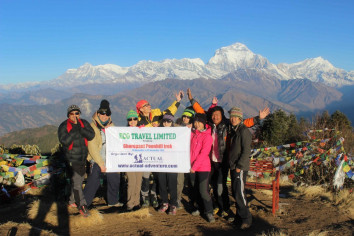
24th Aug, 2022

8th Sep, 2022

15th Sep, 2022
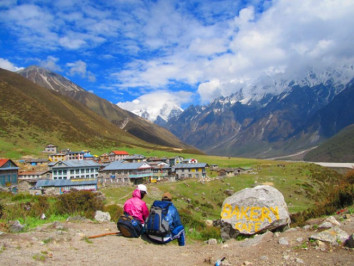
3rd Mar, 2023

7th Mar, 2023
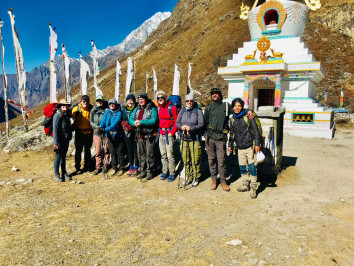
27th Mar, 2023

5th Apr, 2023

12th Apr, 2023

21st Apr, 2023

24th Apr, 2023
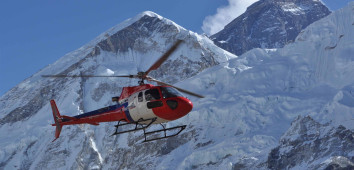
27th Apr, 2023

1st May, 2023
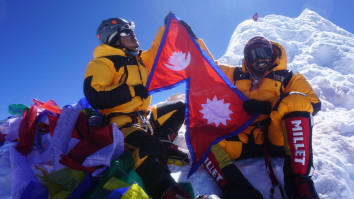
1st May, 2023
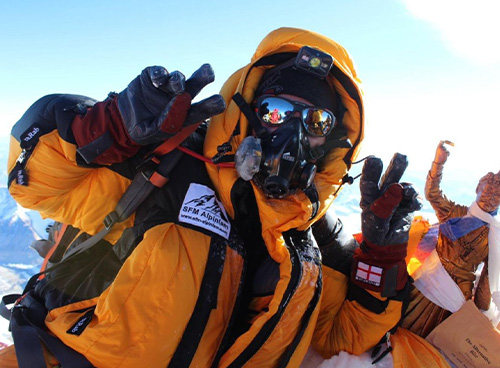
3rd May, 2023
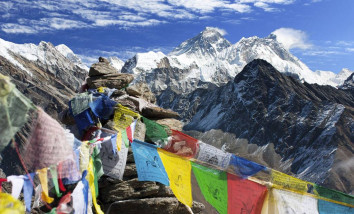
18th May, 2023

19th May, 2023

16th Jul, 2023

16th Jul, 2023

16th Jul, 2023
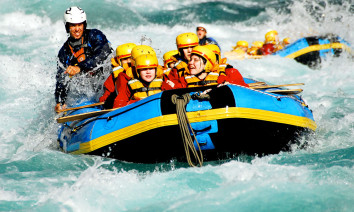
16th Jul, 2023

17th Jul, 2023

17th Jul, 2023

17th Jul, 2023

17th Jul, 2023

17th Jul, 2023

17th Jul, 2023

17th Jul, 2023

20th Jul, 2023
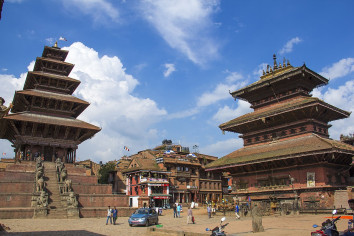
21st Jul, 2023

27th Jul, 2023
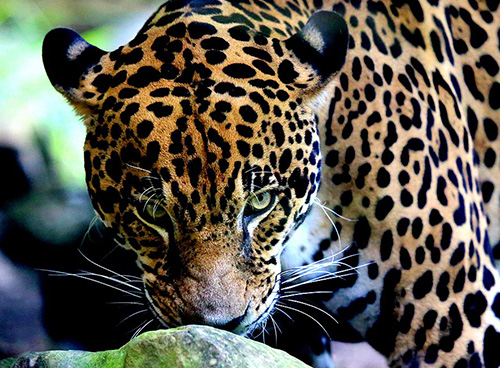
30th Jul, 2023

30th Jul, 2023

21st Aug, 2023
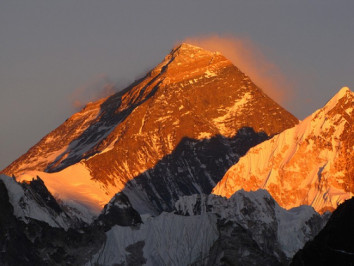
22nd Aug, 2023
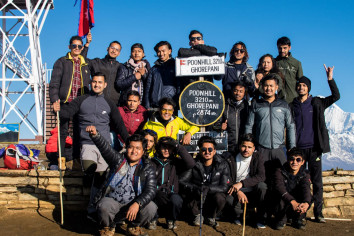
28th Aug, 2023
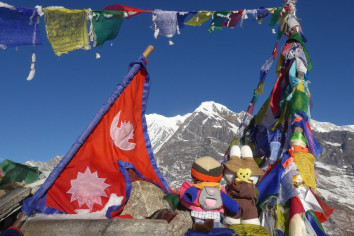
6th Oct, 2023

5th Nov, 2023

7th Nov, 2023

19th Nov, 2023
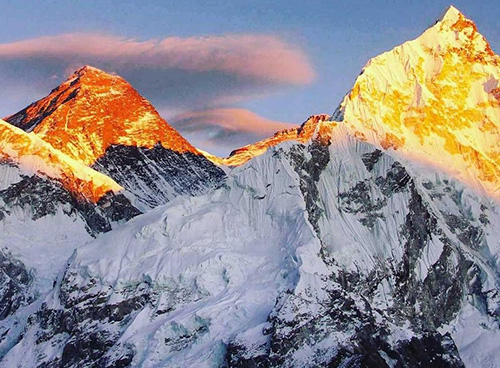
25th Nov, 2023

1st Dec, 2023
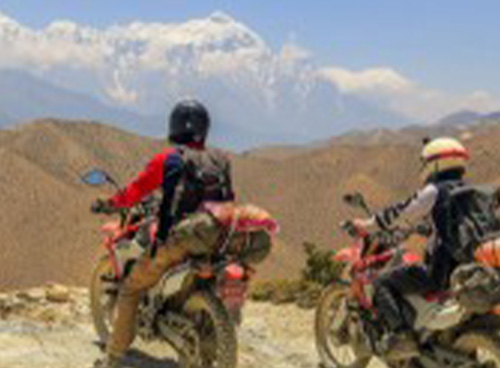
3rd Dec, 2023

13th Dec, 2023
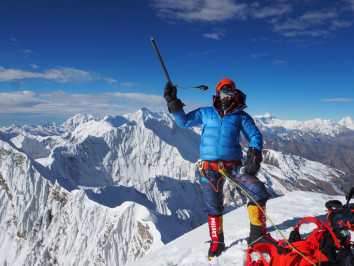
13th Dec, 2023
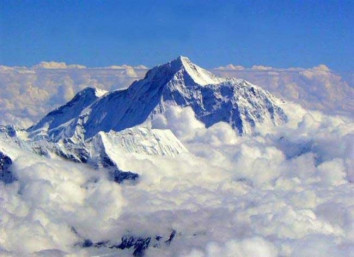
13th Dec, 2023

21st Dec, 2023

21st Dec, 2023

23rd Dec, 2023
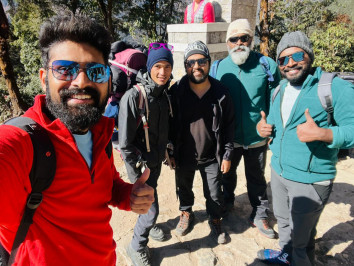
25th Dec, 2023

25th Dec, 2023

31st Dec, 2023
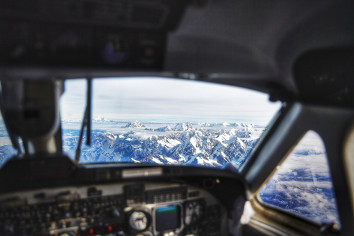
31st Dec, 2023
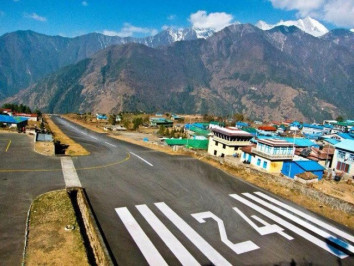
31st Dec, 2023

1st Jan, 2024
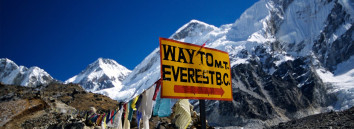
2nd Jan, 2024
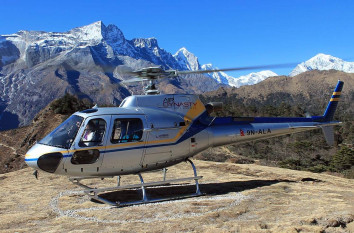
2nd Jan, 2024
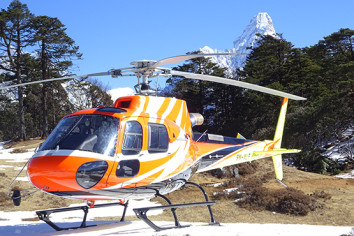
2nd Jan, 2024

3rd Jan, 2024
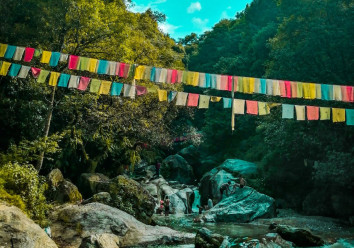
4th Jan, 2024
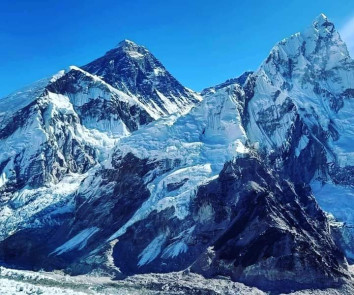
4th Jan, 2024
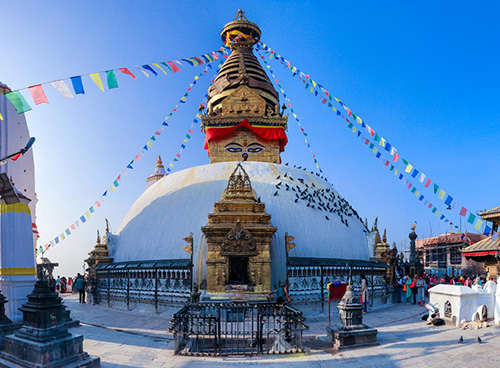
4th Jan, 2024
.jpg)
4th Jan, 2024

4th Jan, 2024

4th Jan, 2024

5th Jan, 2024

6th Jan, 2024

6th Jan, 2024

9th Jan, 2024

10th Jan, 2024
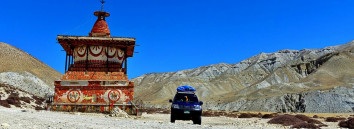
10th Jan, 2024
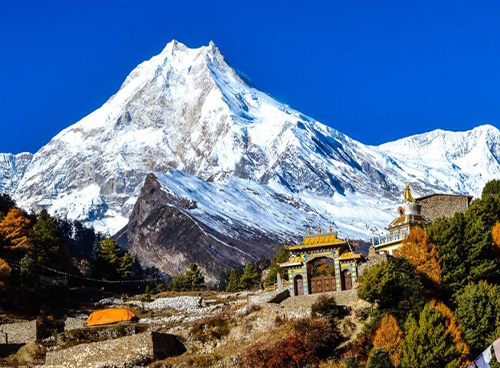
10th Jan, 2024

10th Jan, 2024
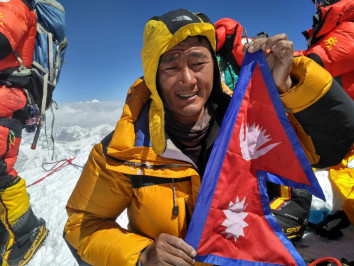
11th Jan, 2024
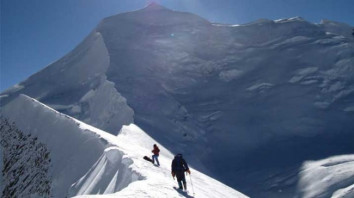
11th Jan, 2024

12th Jan, 2024

12th Jan, 2024
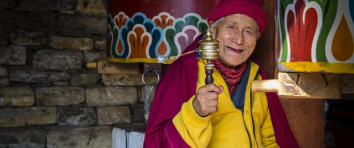
13th Jan, 2024
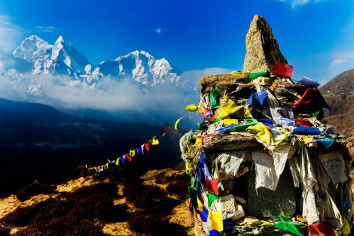
14th Jan, 2024
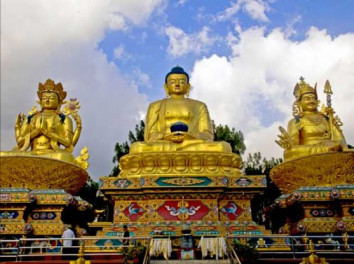
14th Jan, 2024

15th Jan, 2024
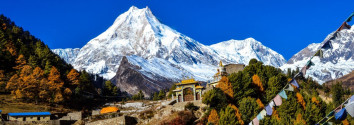
15th Jan, 2024

15th Jan, 2024

16th Jan, 2024
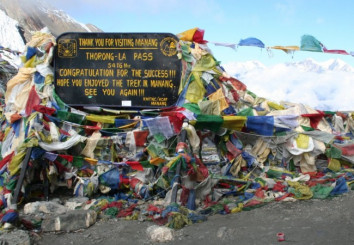
16th Jan, 2024
.jpg)
16th Jan, 2024

16th Jan, 2024
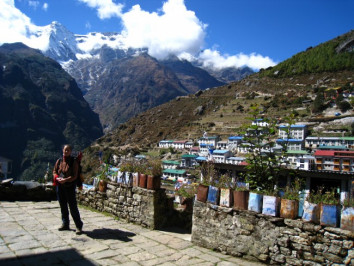
18th Jan, 2024
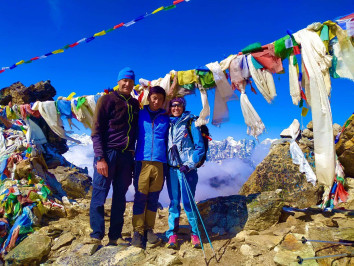
24th Jan, 2024
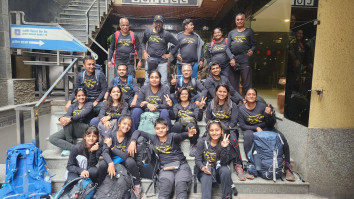
26th Jan, 2024
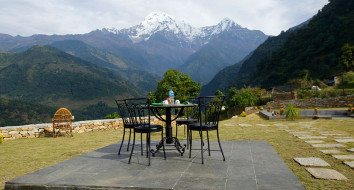
28th Jan, 2024
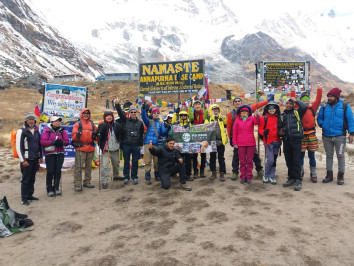
28th Jan, 2024

30th Jan, 2024
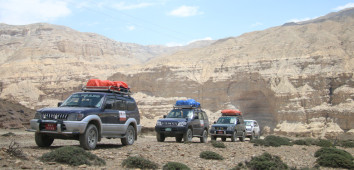
30th Jan, 2024
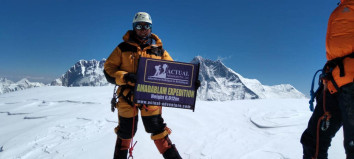
2nd Feb, 2024

2nd Feb, 2024

2nd Feb, 2024
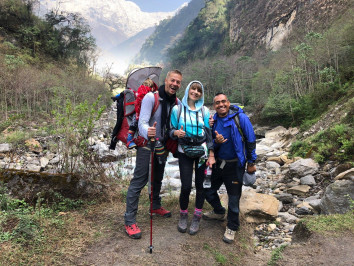
3rd Feb, 2024
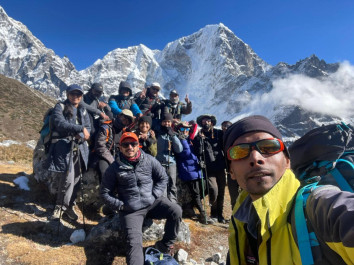
4th Feb, 2024

8th Feb, 2024

9th Feb, 2024

10th Feb, 2024
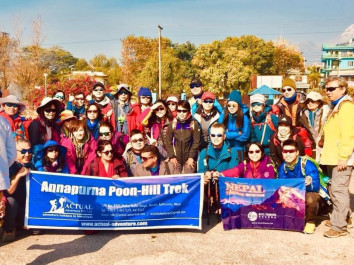
10th Feb, 2024
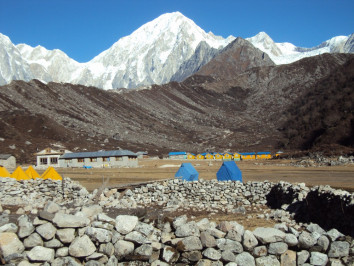
11th Feb, 2024

12th Feb, 2024
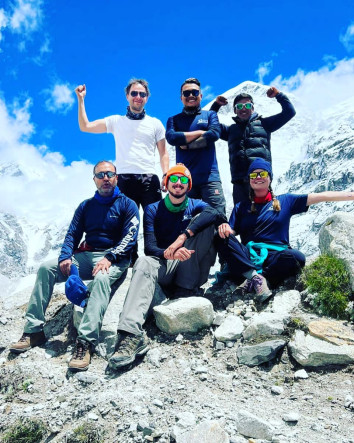
12th Feb, 2024

13th Feb, 2024

13th Feb, 2024

16th Feb, 2024

18th Feb, 2024

20th Feb, 2024
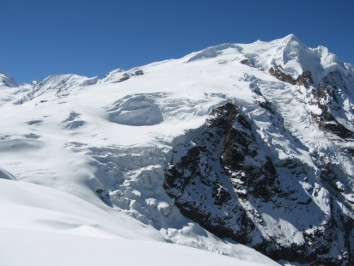
21st Feb, 2024
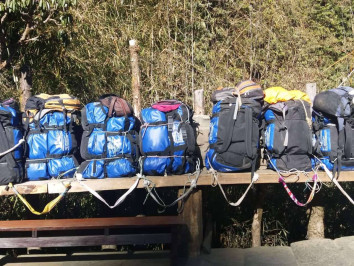
21st Feb, 2024

27th Feb, 2024
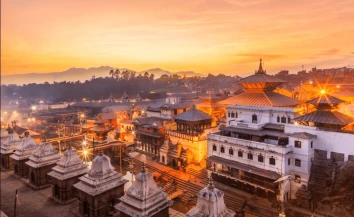
3rd Mar, 2024

3rd Mar, 2024
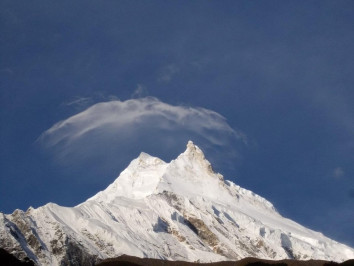
4th Mar, 2024
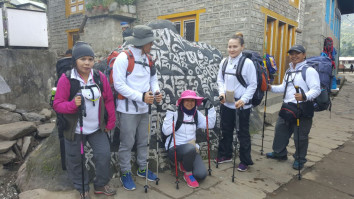
5th Mar, 2024
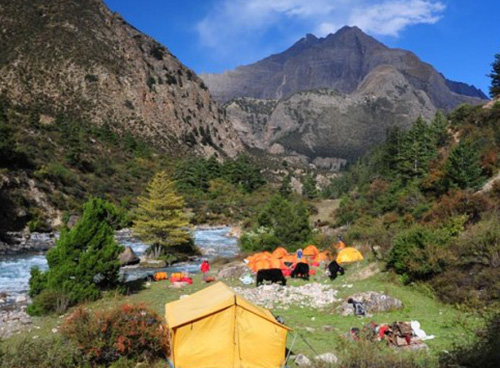
5th Mar, 2024

10th Mar, 2024

10th Mar, 2024

10th Mar, 2024
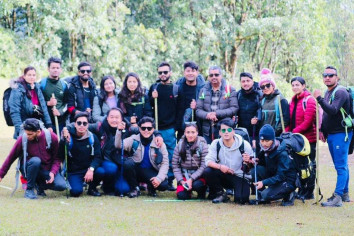
11th Mar, 2024

13th Mar, 2024

13th Mar, 2024
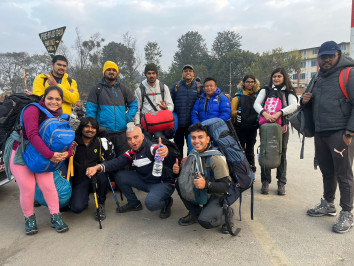
19th Mar, 2024
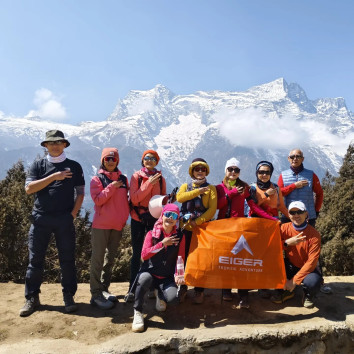
22nd Mar, 2024

26th Mar, 2024

27th Mar, 2024

27th Mar, 2024

27th Mar, 2024
-1624864292-1.jpg)
28th Mar, 2024

2nd Apr, 2024

2nd Apr, 2024

4th Apr, 2024
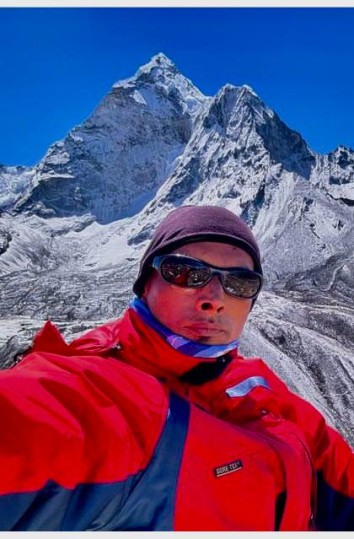
12th Apr, 2024
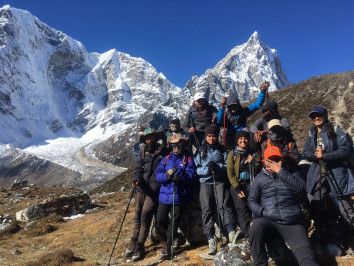




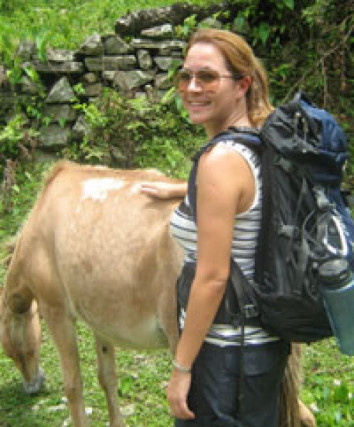
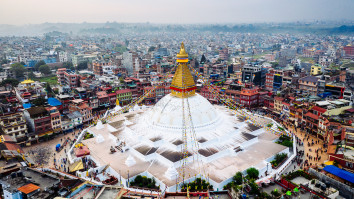
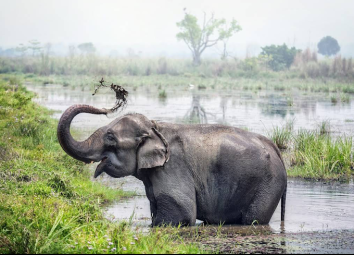


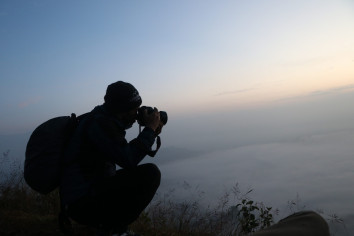


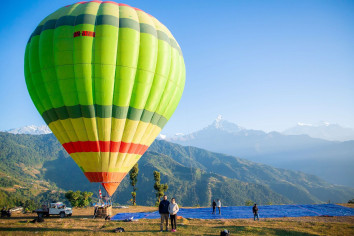






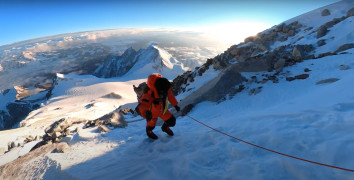
.jpg)
